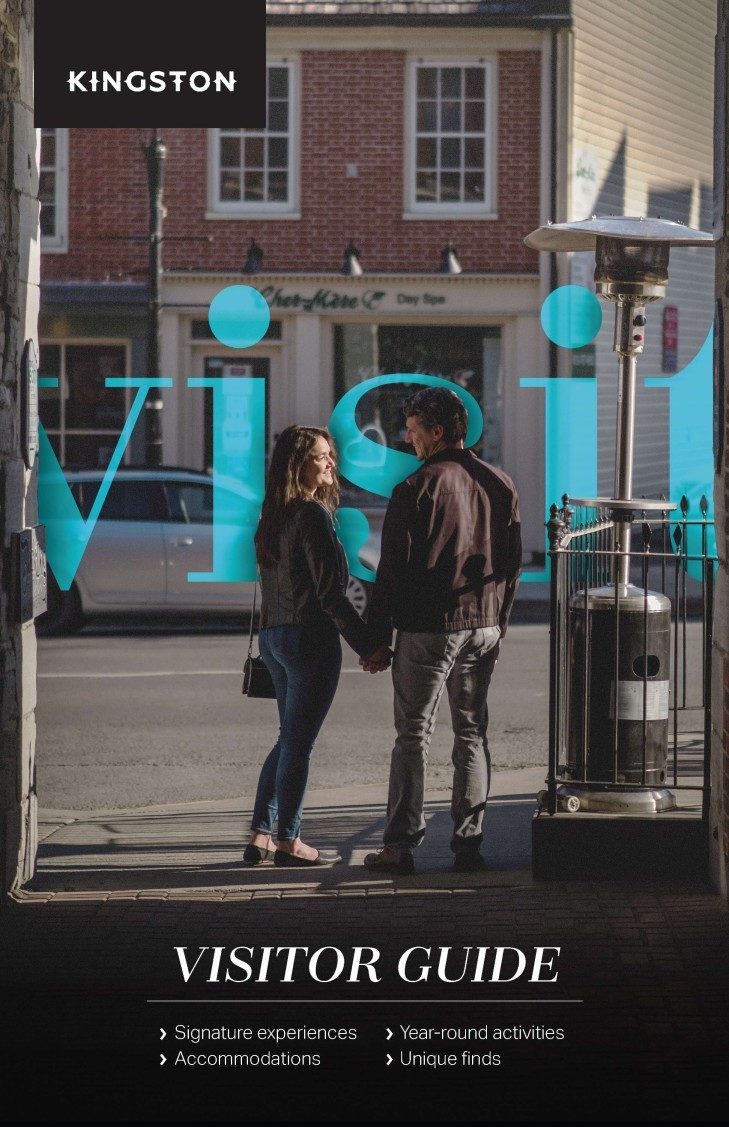They are timeless sentinels. Formidable giants, perched in a protective embrace of Kingston on the shores of Lake Ontario, monuments to an era of empire. Kingston’s Martello towers have captured the imagination of all who set foot in the Limestone City.
“We call these towers our big brothers – like Fort Henry, the Kingston Penitentiary, the Martello towers are a symbol of Kingston,” says Dr. Simge Erdogan-O’Connor, manager and curator at the Murney Tower Museum. “If you look at the Kingston city flag, there is a Martello tower on it. They are iconic of the beauty of our city. They define the history, character, and spirit of Kingston.”
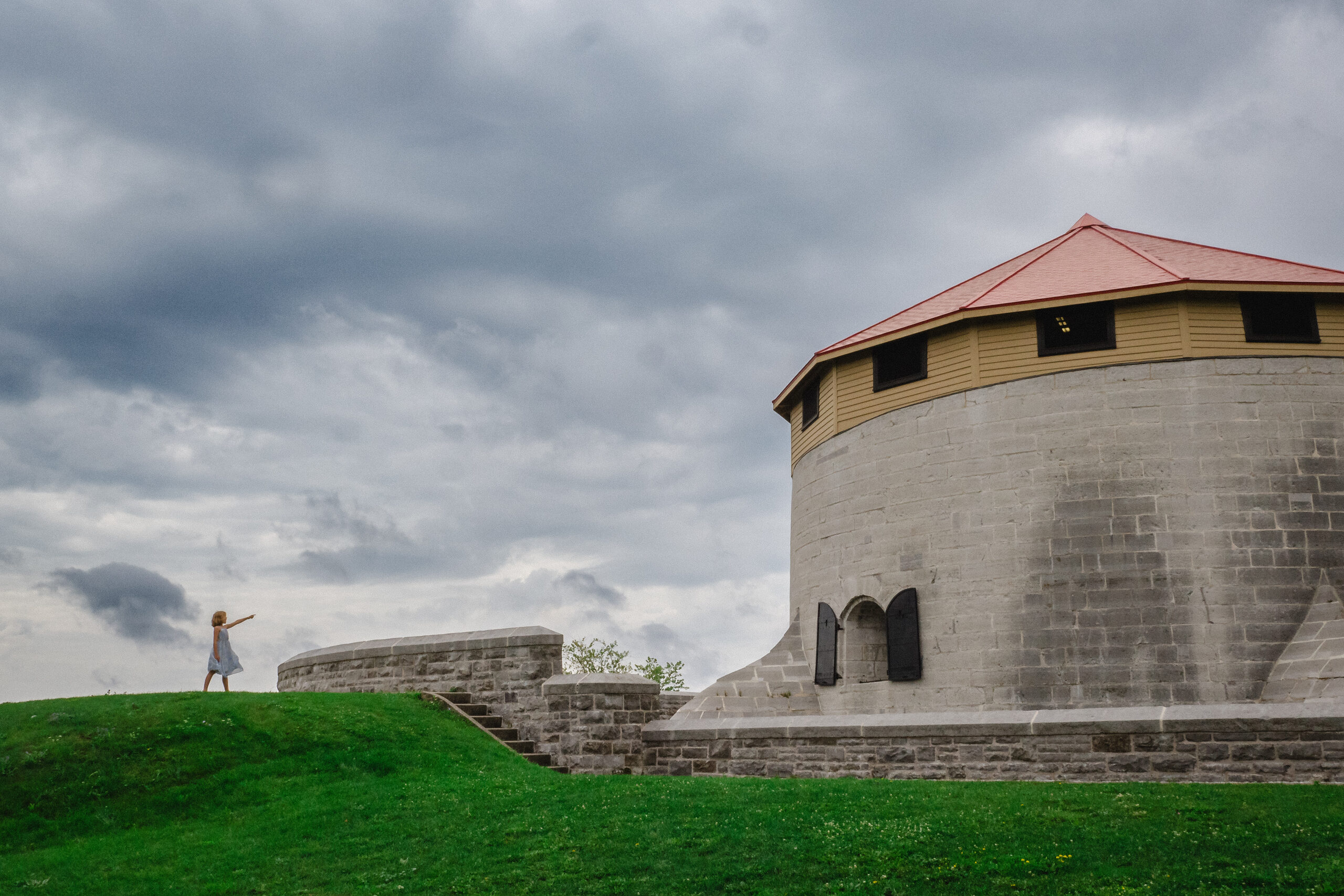
Built in 1846 as part of a series of fortifications, explains Simge, Kingston’s Martello towers were constructed in response to the Oregon Crisis, a territorial dispute between the United States and what was then called British North America.
While the Oregon Territory stretched across the Pacific Northwest, far from the Limestone City, the British government shored up defences in Kingston, a strategically important metropolis at the point where the waters of the Cataraqui River, St. Lawrence River, and Lake Ontario meet. They constructed four Martello Towers: Shoal Tower, Fort Frederick, Cathcart Redoubt, and Murney Tower.
Murney Tower, in particular, has secrets to share, the echo of a nascent Canada, then a country in the making with uncertain borders. Yet unlike many other fortifications around the world, Murney Tower was never the theatre of battle. Rather, it served as military barracks that housed soldiers and their families, today reflected in the preserved living spaces and artifacts of the Murney Tower Museum.
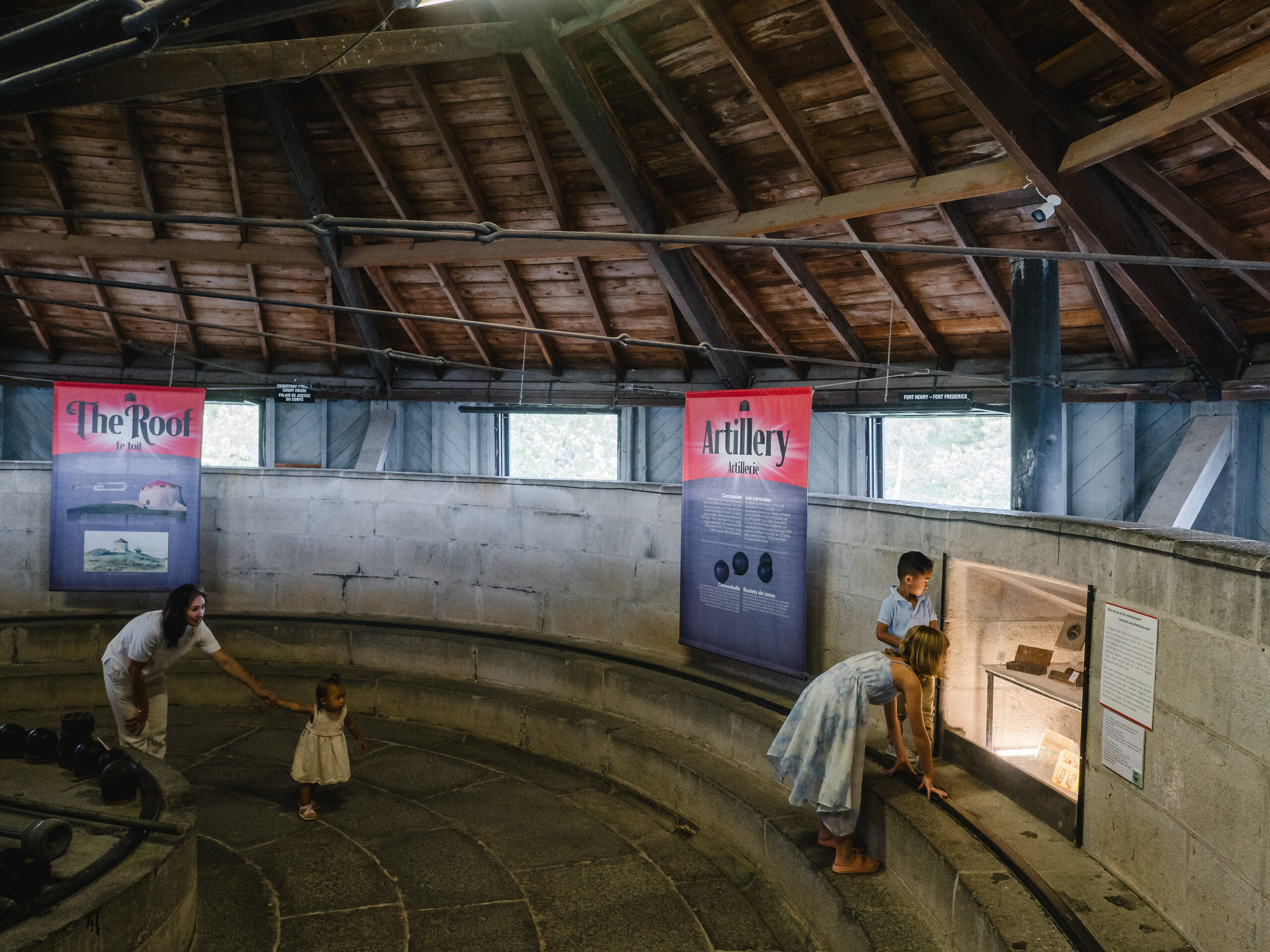
“The Murney Tower Museum is unique, the only Martello tower that is open to the public,” says Simge. “When you enter into this space, you’re teleported into the social life of military families of the 19th century. We have an original stove that people used to cook their meals, we have baths and storage rooms.”
As powerful rifled artillery was introduced into warfare and defence, Martello towers became obsolete at the end of the 19th century. Abandoned in 1885, Murney Tower remained vacant for decades and fell into disrepair until tragedy struck in 1921, when a storm blew a piece of the Tower’s roof off, killing a young boy. It was the clarion call to a grieving community to restore and revive Murney Tower.
Under the leadership of the Kingston Historical Society, the Murney Tower Museum opened its doors in 1925 and was designated a National Historic Site five years later, in 1930. Today, Murney Tower is also part of the Kingston Fortifications National Historic Site of Canada and the Rideau Canal World Heritage Site.
But perhaps most importantly, explains Simge, is the Murney Tower Museum’s importance as a community hub where Kingstonians and visitors have come together to learn, celebrate, and gather for nearly 100 years.
“We’re really excited about what we offer our community,” continues Simge. “For instance, we’re getting ready to launch the second edition of Murney Fest, a special summer event we created to celebrate Kingston’s museums and history. Imagine a full-day event that takes place inside and outside Murney Tower – like yoga and painting in the park, face painting for children, and dance shows. And at night, we will open the doors for dance and drinks.”
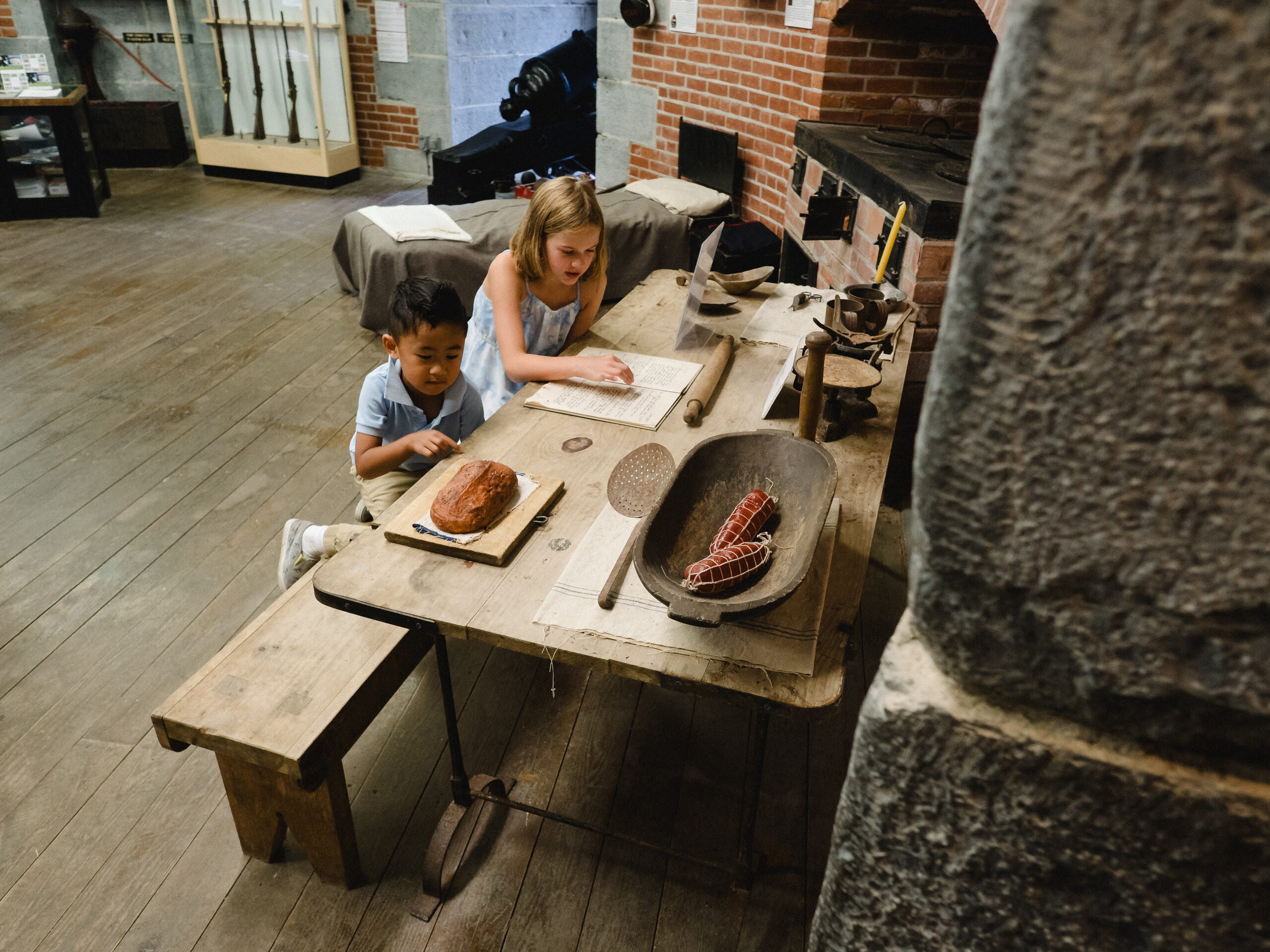
“We’re also really proud of our children’s summer programming. We already have six summer camp visits booked for the summer. One of them will be a curator-in-training camp, where we invite children to come into space, and as the curator, I showcase the collections and give them space to handle and examine the collections and create their own exhibit in the space. We also have a Kids Take Over the Museum Day, in which the space becomes theirs and we offer them a full day of arts and crafts.”
“We also hold a lot of seasonal events,” continues Simge. “This fall, we will hold a Halloween event where we decorate the tower, transforming it into a haunted house and put on a Halloween-themed treasure hunt. We will also host a holiday event in December where we invite our guests to decorate a Christmas tree, with holiday songs and holiday-themed arts and crafts. And finally, in the following spring again, we’ll hold an Easter treasure hunt.”
“For the spring and summer, visitors can expect really amazing guided tours with engaging tour guides. We’re really excited to be able to offer these in French and English, and we have prioritized French-speaking, bilingual, or second-language museum staff members to provide these services – that’s a priority for us.”
“We’re also committed to making the Murney Tower Museum as accessible as possible. Last year, in partnership with accessibility advocates in Kingston, we developed an accessible audio tour, and it is the first of its kind in our city. It’s free, and it includes detailed visual cues and navigational instructions – and it’s also available in French. There is no other Kingston site which offers such audio tours.”
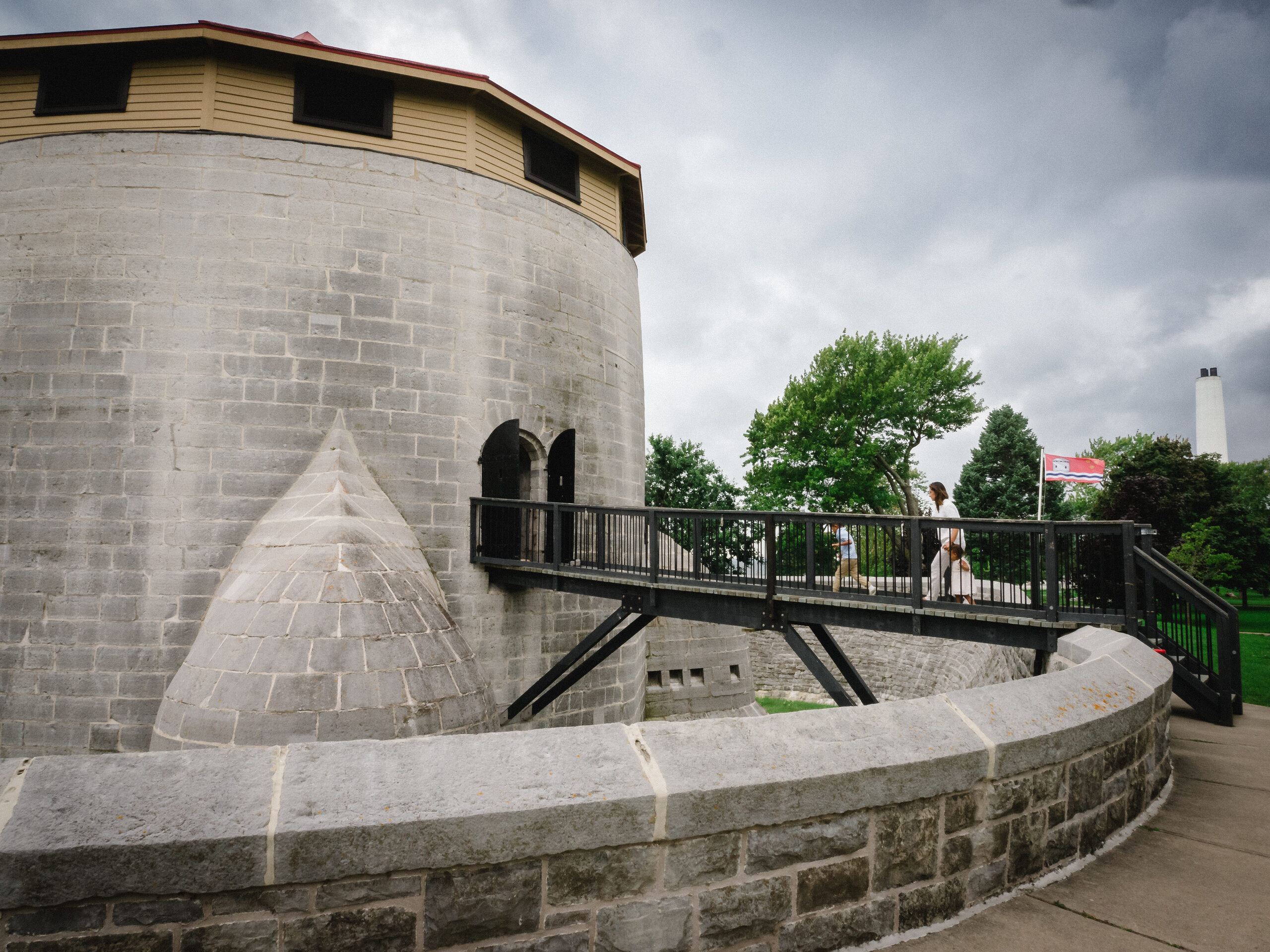
“We believe that access to heritage is a human right,” says Simge. “We want our visitors to immerse themselves in the stories. Museums are here to provide a meaningful, memorable cultural service and should be available to everyone.”
On the eve of its centennial, marking 100 years since the museum’s establishment, the Murney Tower Museum is planning a series of events to celebrate its long-standing role in preserving and sharing Kingston’s history.
“Celebrations begin in January 2025,” emphasizes Simge. “Imagine twelve months of special community projects offered by the Murney Tower Museum!”
“One of our favourite projects includes an illustrated children’s storybook that will feature a mascot, the personification of the Murney Tower, called Mr. Murney, who will travel through time to different historical periods in Kingston,” she continues.
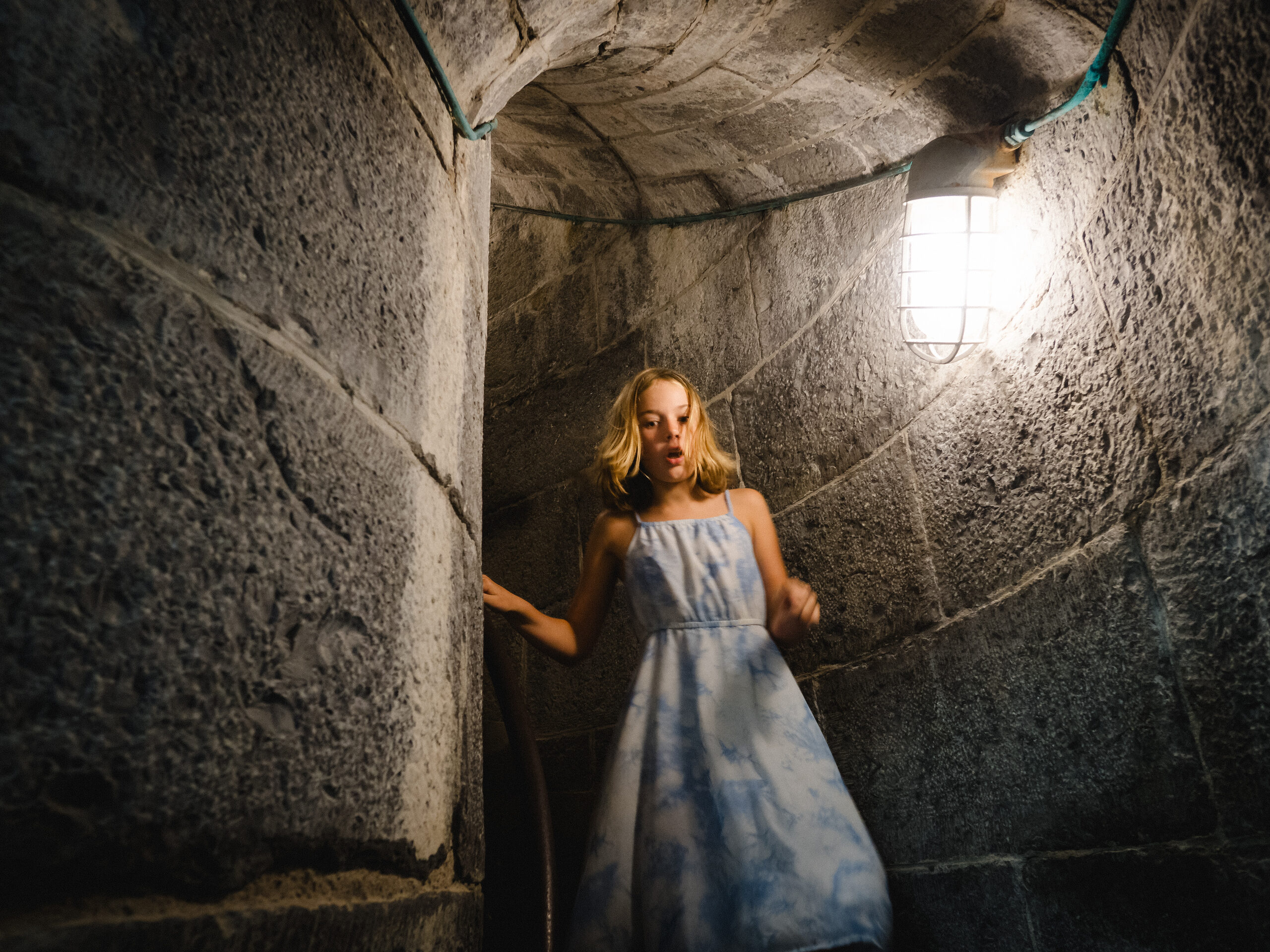
“We will also partner with the Kingston Public Library and invite children to work with an Ontario-based illustrator to create the visuals. It will be available in French and English, and we will distribute it to local schools, arts and cultural institutions. We will also partner with Blue Canoe Productions, a local performance arts organization, to create a drama workshop or a puppet show based on the book storybook, which will take place in Murney Tower and in the public park in the summer of 2025 so we can fully immerse children into the story.”
“We also want to open a call to amateur and professional photographers to capture Murney Tower,” continues Simge. “Winning photographs will be featured as part of a temporary exhibition on our platform in the summer and elsewhere across Kingston.”
“Finally, we will host a gala dinner to celebrate the centennial, and we’re thinking about the possibility of developing three or four films that will depict actual life in Murney Tower, showing how soldiers and their families lived. We would love that to be part of our permanent exhibit so that visitors can really imagine what life was like at Murney Tower in the 19th century. We are still looking for sponsors to support these activities!”
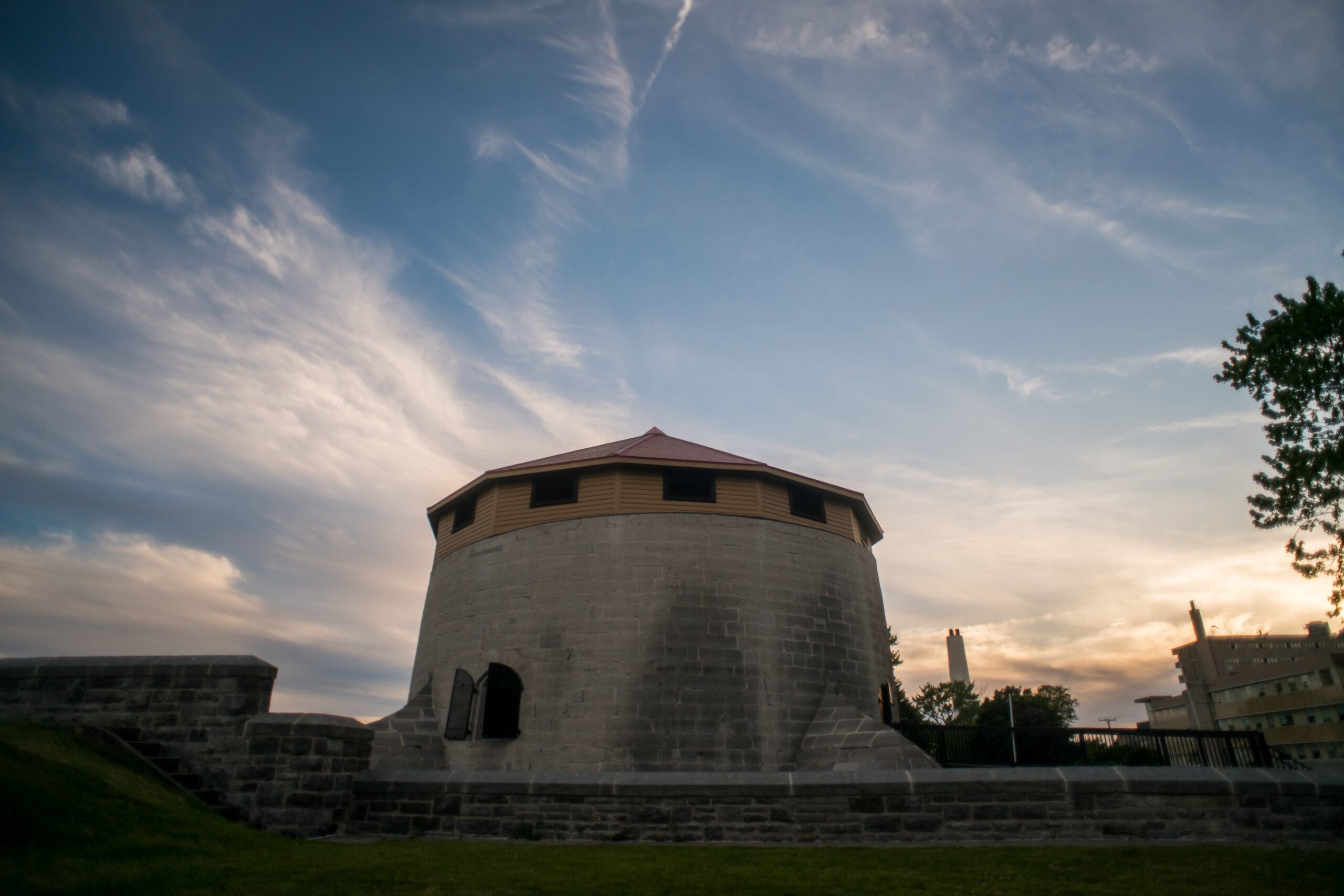
As the Murney Tower Museum prepares to celebrate its century-old legacy, Simge reflects on its cultural significance. “Murney Tower captures the imagination of visitors and Kingstonians alike,” she says. “Both as a historical site with its own history and significance, but also as Kingston’s oldest museum. This duality – as both a relic of history and a living, evolving space for community engagement – is what makes Murney Tower a true powerhouse in Kingston’s cultural landscape.”




